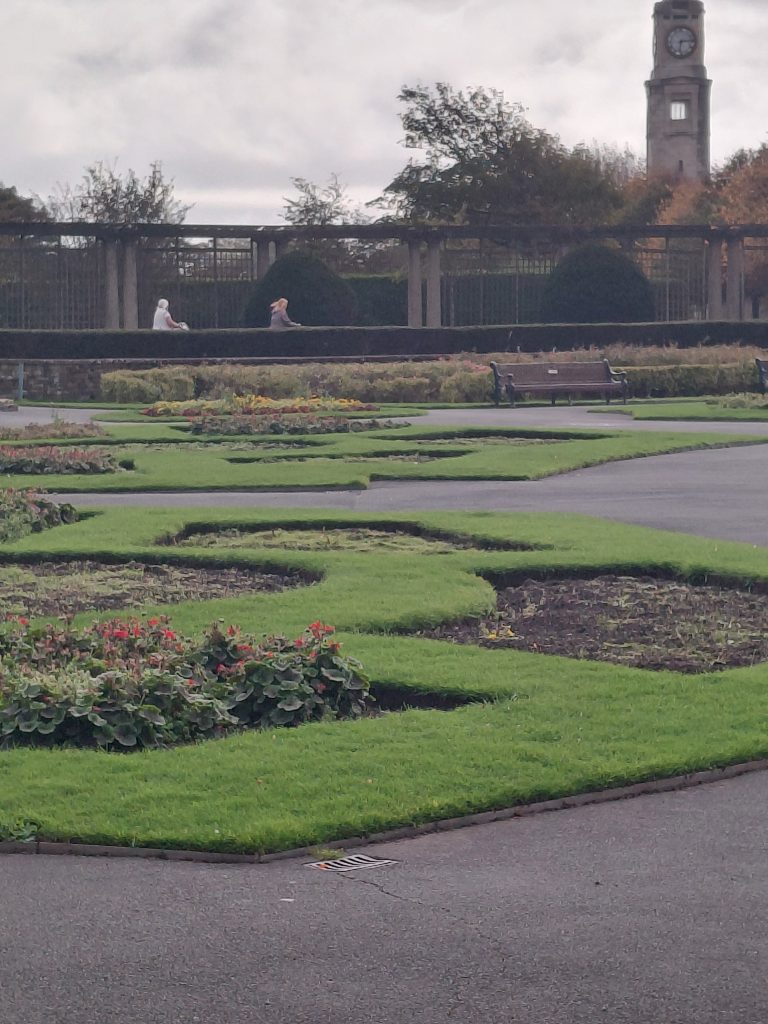
Stanley Park on the outskirts of Blackpool covers a large area (over 200 acres) and dates from the 1920s. Although being a comparatively late municipal park it incorporates all the features of earlier ones such as ornamental flower beds, refreshment pavilion, boating lake, bandstand etc., as well as allocating a large area for team sports fields and here including a stadium for audiences. Today it also includes a large area given over to wildlife habitats with an access path through. When I visited the boating lake had no boats alongside the jetty and the very large boathouse was securely locked, which gave the many waterfowl, including cormorants and grebes, the free-run of the area.
Stanley Park was the result of land donated by a local person, some compulsory purchase by the local authority and patches of hutments, home-built using all manner of materials for their designers to have an affordable second home near the sea. Such areas were common in the inter-war years, a local example being at Aldbrough on the Holderness coast (see section three of this website). It would be interesting to see any early photos of the site. Clearly Stanley Park was intended to be a showpiece for the local authority from the outset as the building programme included a clocktower (see above) and a majestic brick and stone built refreshment pavilion sited on a terrace approached by sweeping stone steps and designed in the fashionable Art Deco style of the age, both inside and out. Today management has been devolved to a business, all original features retained, and seems very well patronised.
It is good to see that a pattern of flower beds is retained to this day (unlike in most municipal parks), the photo above showing some after the summer blooms had been removed.
To do this park justice on foot requires at least half a day, even a full day.